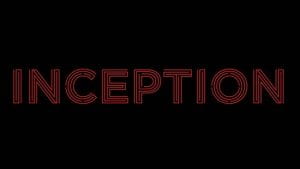This is an example of how your Creative Fluency reflection page can look like. It is meant to give you a basic frame; if you want to do it differently, you can! But, make sure you have all of the information that is needed from the criteria.
What is my assignment?
For the Digital Learning 10 class, I needed to create an information video that shows what the Creative Fluency to help get ready for their upcoming assignment.
Identify:
I got to set my own criteria for this project, but I spoke with my other Digital Learning 10 teachers to hone them.
- Explain all of the steps of the Creative Fluency.
- Describe the assignment for the Digital Learning 10 students.
- Make something that would be entertaining for our grade nine students.
I decided to make a short video, under 10 minutes, that hit all of these points.
Inspire:
To gather examples for my project, I went to YouTube and searched through all of the content creators who made videos that presented information in an entertaining way.
I came across so many examples from bloggers like Andrew Huang, Phillip DeFranco, Brian David Gilbert from Polygon, and the Greene Brothers from Crash Course.
I looked also at just having headers for the different steps of the process, so I went to film and video games to inspire myself. I ended up really liking the logos from Inception, a movie, and from Control, a video game.
Interpolate:
I realized with all of these examples that having a single person with either one or two cameras is an effective way to give information. They could be standing or sitting, but minimal amount of movement seemed to make things a bit easier to edit. they all use different graphics that overlay on the screen to show a point or help to give the information.
The common thing among the headers was clear lettering and having a high contrast against the background.
Imagine:
Starting the assignment, I wrote my script in Word using a template that I found online.
Using the Creative Fluency – Screenplay
Once I got it done, I started to figure out how to actually get the filming done. My “aha” moment came when I spoke with Mr. Wong and suggested the help of the senior a Film and Television students. I set up the date to film, and they handled the editing of the video.
Inspect:
Once the video was done, I went back to original three point criteria. The first two points were easy to do, but the last one was something that I knew everyone would have an opinion on. So, I asked a few people to watch it before posting. They made suggestions, and in post we were able to incorporate (make) the changes.
Going forward, the major changes that I would make to my process would be:
- Give more time: Trying to get all of our filming done in one day was a bit tight, so more time would help!
- Talk more with film team while writing the script: Some parts of the script had to be slightly changed and Colleen, one of our directors, had some great ideas like using the “Please Stand By” graphic to transition between scenes. It would have been interesting to hear these ideas during the writing process.


